Situated at an incredible 1,160 metres above sea level in Uttarakhand’s Himalayan highlands, this sanctuary was established in 1972 under the Wildlife Protection Act. The endangered Himalayan Musk deer is the focus of this location. The sanctuary, which spans 975 square kilometres over the districts of Chamoli and Rudraprayag in Uttarakhand, is named after the well-known Hindu temple of Kedarnath because of its close proximity to the area. During the Kedarnath Yatra, one may choose to visit this daring option.
Location
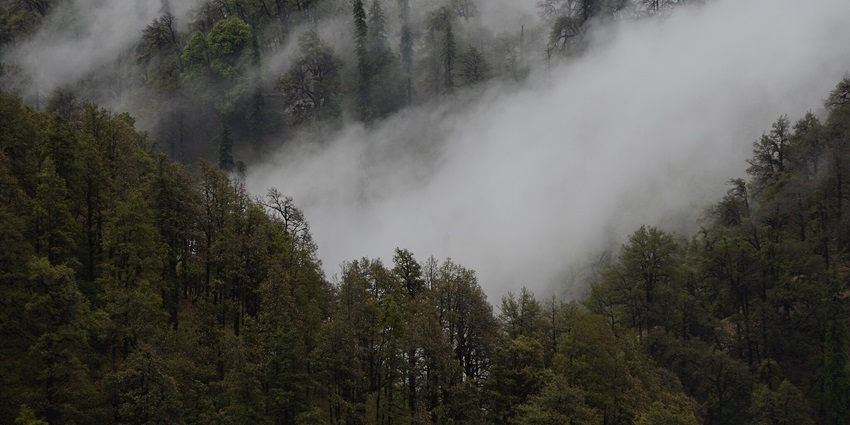
Photo: PJeganathan / Wikimedia Commons
Kedarnath Wildlife Sanctuary or also famously known as the Kedarnath Musk Deer Sanctuary, covers a large area of approximately 975 square kilometres in the Garhwal region of the Himalayas and lies under the districts of Chamoli and Rudraprayag of Uttarakhand, India. The name of this sanctuary is after the famous temple named Kedarnath situated nearby.
Suggested Read: Nanda Devi Wildlife Sanctuary
How To Reach Kedarnath Wildlife Sanctuary
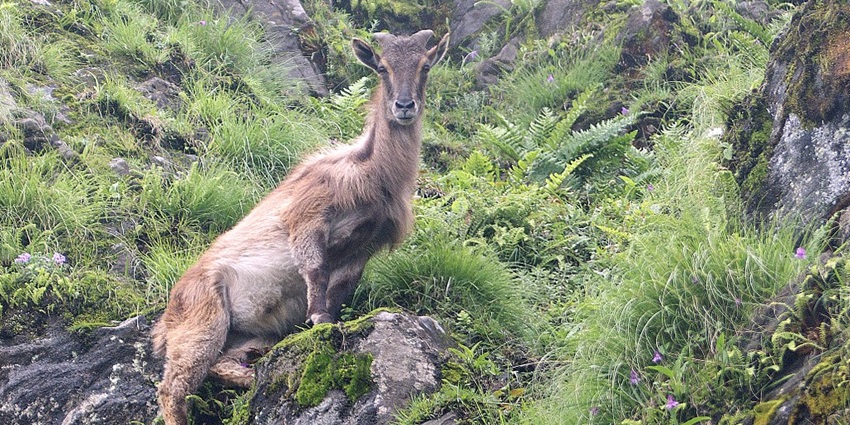
Photo: Renu Pant / Wikimedia Commons
By Air: The nearest airport to the sanctuary is Jolly Grant Airport in Dehradun, located approximately 252 kilometres away. From Dehradun, you can take a taxi or a bus to the sanctuary area.
By Train: The nearest railway station is Rishikesh, which is about 235 kilometres away.From Rishikesh, go by road by taxi or bus to the sanctuary.
By Road: (National Highway) NH 58 to Rudraprayag from Rishikesh. from Rudraprayag to Chopta, which is located inside the sanctuary, via the state route. 450 km from Delhi to Chopta. Buses and taxis are readily available from Rishikesh and Rudraprayag to Chopta.
Places To Visit In And Around Kedarnath Wildlife Sanctuary
Here is a list of places to visit near the Kerdarnath wildlife sanctuary adding to the charm of your vacation:
1. Kedarnath Temple
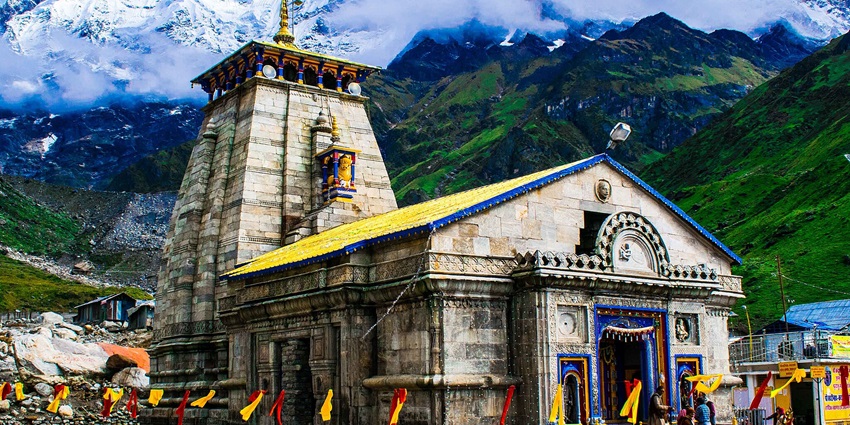
Photo: Shivam Kumar 766/ Wikimedia Commons
Located at 3,583 metres above sea level, in the Rudraprayag district of Uttarakhand, the Kedarnath Temple is one of the major centres of pilgrimage in Hinduism. Dedicated to Lord Shiva, a part of the Char Dham Yatra, and of the 12 Jyotirlingas, it earns much more repute. According to legend, the temple was first constructed by the Pandavas from the epic Mahabharata to apologise for their misdeeds following the Kurukshetra War. The architecture of this temple is large stone slabs form the structure of the Nagara style, and the inner sanctum contains a conical Shiva lingam.
Distance From Kerdarnath Wildlife Sanctuary: Approx. 14 Km
Suggested Read: Lachhiwala Nature Park
2. Tungnath Temple
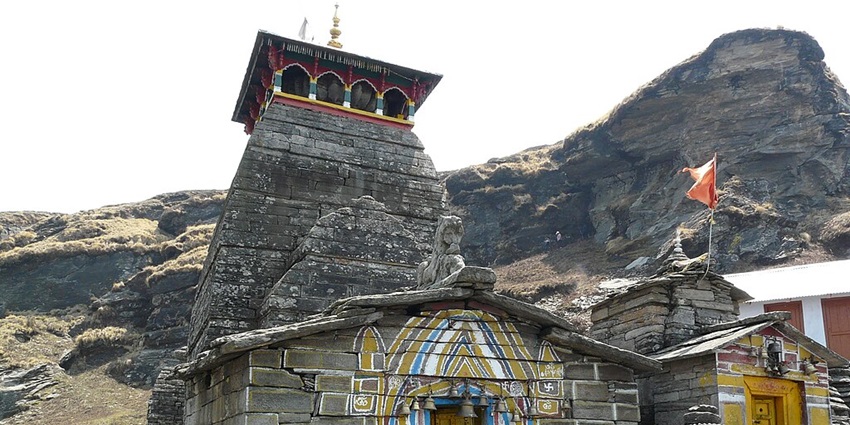
Photo: Varun Shiv Kapur / Wikimedia Commons
In Uttarakhand, the district Chamoli is home to a great Shiva temple called the Tungnath temple, said to be one among the highest in the world. It is of extraordinary altitude of 3,680 metres. Among Panch Kedar temples, the history goes that these temples have been built by the Pandavas as one quest to seek forgiveness by Lord Shiva. The temple is very peaceful and spiritual and gives the best views of the Himalayas, which include Chaukhamba and Nanda Devi.
Distance From Kerdarnath Wildlife Sanctuary: Approx. 80km
3. Deoria Tal
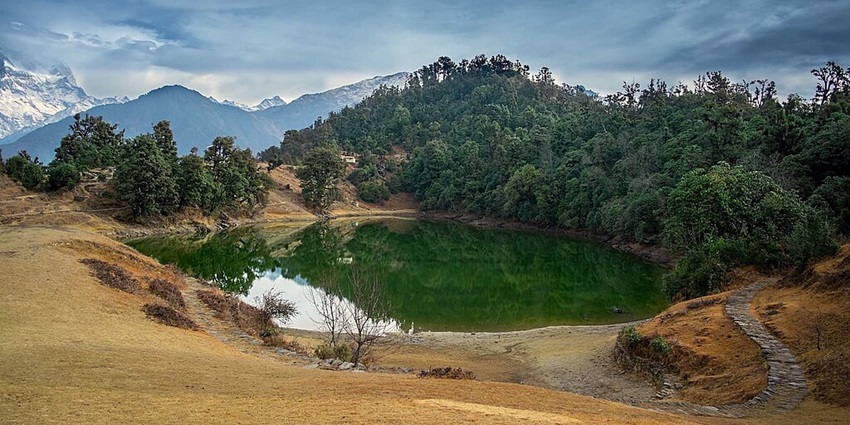
Photo: Photos Worldwide / Wikimedia Commons
The beautiful high-altitude lake in Uttarakhand, Deoria Tal has an altitude of almost 2,438 metres. About a little more than 3 km from the Sari village, it is the source of clear water that forms reflection on the great Himalayan peaks, one of them being Chaukhamba. The Deoria Tal trek is not at all hard and can be covered nearly in 1-2 hours by the lush forest and the bright meadow, yet is accessible to any kind of trekker.
Distance From Kerdarnath Wildlife Sanctuary: Lies within the sanctuary
Suggested Read: Best Hill Stations Near Mukteshwar For A Perfect Vacay
4. Gauri Kund
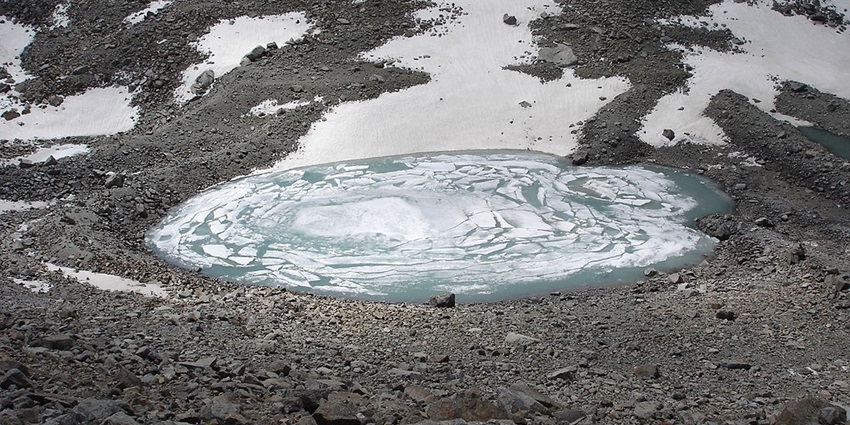
Photo: Ondřej Žváček / Wikimedia Commons
Gaurikund is an important pilgrimage town situated at about 1,982 metres in the state of Uttarakhand and is considered to be the base for trekking to the revered Kedarnath Temple. It is named after goddess Gauri, whose natural hot springs are considered to have healing properties. Another nearby temple Gaurikund Temple, which is dedicated to Goddess Gauri, adds to the town’s spiritual atmosphere. The quiet ambiance and the Himalayas’ beauty make Gaurikund a significant base for anyone who is travelling to Kedarnath.
Distance From Kerdarnath Wildlife Sanctuary: Approx 14km
5. Triyuginarayan Temple
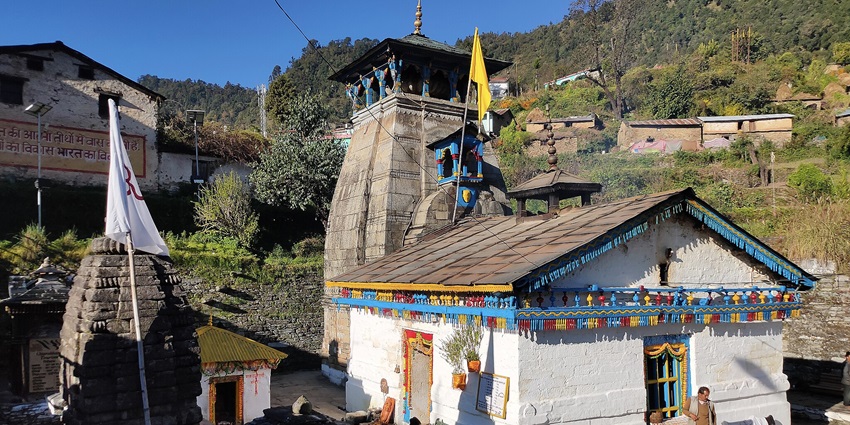
Photo: Ankush85 / Wikimedia Commons
Triyuginarayan Temple is the most divine Hindu temple of Uttarakhand, which is situated 12 km from Gaurikund. Dedicated to Lord Vishnu, it holds great importance because this is the place where Lord Shiva and Goddess Parvati got married, with Vishnu as their witness. Its beautiful stone carvings, holds an eternal flame, popularly referred to as Akhand jyoti, that is supposed to have been burning since the beginning of time.
Distance From Kerdarnath Wildlife Sanctuary: Approx 27km
Suggested Read: Exciting Things To Do In Naukuchiatal
Where To Stay

Photo: Quang Nguyen Vinh / Pexels / Image For Representation Only
There are choices in all budget categories to stay in while one travels to and explores the Kedarnath Wildlife Sanctuary and its surroundings. GMVN Guest House in Kedarnath provides basic amenities and convenient proximity to the Kedarnath Temple, while trekking camps on the trail offer the guest a unique tent experience amidst nature. Budget hotels and guesthouses exist here along with communal dharamshalas meant strictly for pilgrims in Gaurikund. The best accommodations for trekkers heading to Tungnath and Chandrashila are on top of mountain peaks at Chopta and in Chopta Eco Resort.
Where To Eat

Photo: Kunal Lakhotia / Pexels
Many eateries and local restaurants will be coming on your way through the Kedarnath Wildlife Sanctuary and around. In Kedarnath, at small eateries and restaurants, the food offered can be the simple vegetarian-type of dal, rice, chapati, and sabzi for the devotees coming here. Gaurikund also provides these options where roadside stalls and dhabas offer hot meals and snacks like aloo paratha and chai. There are a few cafes in Chopta, where you can enjoy a delicious meal with outstanding views of mountains over fresh homemade dishes made from local ingredients.There are little vendors selling snacks and refreshments along the trail while you’re trekking to Deoria Tal.
Suggested Read: Places To Visit Near Kainchi Dham
Best Time To Visit

Photo: Ben Jessop / Pexels / Image For Representation Only
April-June and September-November are the best months for visits to Kedarnath Wildlife Sanctuary and its neighbourhood. The pleasant weather without extreme temperatures and clear blue skies, making it easy to trek and enjoy all the scenic beauty around here. The peak pilgrimage months range from April to June; this is also the month that marks the opening of Kedarnath Temple for pilgrims.
Other Factors To Consider
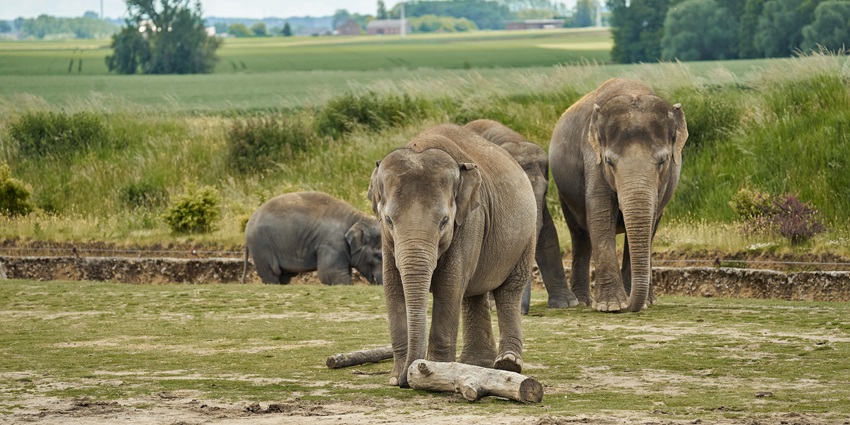
Photo: Wijs / Pexels / Image For Representation Only
Tip For Travellers:
- It’s generally a good idea to pack layers of clothing, especially in hiking areas where the weather might change quickly.
- During high season, accommodations fill up quickly, so book your stay and permits well in advance to guarantee a pleasant journey.
- The monsoon season should not be avoided between July and August since the rains are very heavy.
Suggested Read: Places To Visit Near Jim Corbett National Park In Uttarakhand
Kedarnath Wildlife Sanctuary located amidst the majestic Himalayan ranges offers a once in a lifetime experience with the rich bio diversity and especially the endangered must deer. The spiritual gems, such as the famous Kedarnath temple and Tungnath temple, located nearby add to the rejuvenating experience. So, pack your bags and plan your trip to these enchanting landscapes with Trip XL!
Cover Photo: PJeganathan / Wikimedia Commons


 WhatsApp
WhatsApp
 Twitter
Twitter









